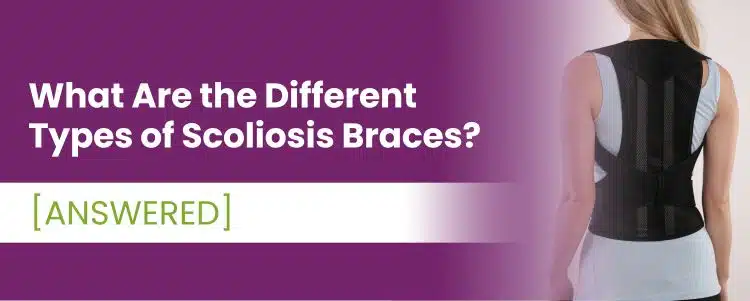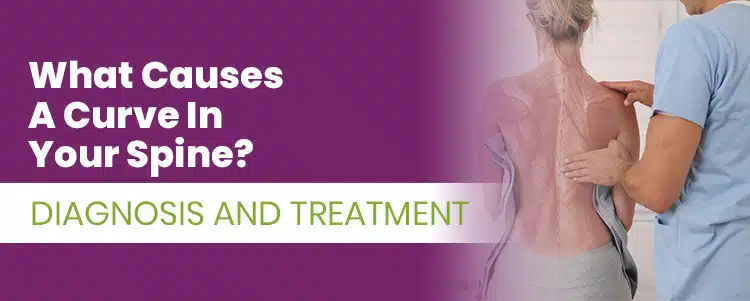

Is It Worth Getting Surgery For Scoliosis? [Options Explained]
Patients on the traditional method of scoliosis treatment often find themselves funneled to scoliosis surgery, which can impact the function of the spine long term.


Should I Worry If I Have Scoliosis? [Find Out Here]
Proactive treatment should always be an important part of addressing scoliosis. The main reason for concern is when patients decide to watch and wait.


Should You Be Stretching Back For Pain Relief? Find Out Here!
Staying active with low-impact exercises that entail slow movement will always help.


What Are The Best Scoliosis Exercises for Children?
Scoliosis rapid progression is one of the biggest challenges for children. Scoliosis specific exercises are the best way to help children in their growth stages.


What Are the Different Types of Scoliosis Braces? [ANSWERED]
Braces are part of scoliosis treatment. These can be very helpful, especially the more modern corrective braces because they cover areas traditional braces do not.


Three Proven Ways to Treat Scoliosis [Your Options Explained]
Scoliosis can be treated in different ways. There are several proven treatment options that range from conservative therapy to scoliosis surgery, each with specific outcomes.


Does Untreated Scoliosis Get Worse Over Time? [ANSWERED]
Scoliosis nature is to worsen over time as it is a progressive condition. Its progression depends on the many factors such as patient age, size of curve among others.


Why Should You Do Exercises for Scoliosis? [ANSWERED]
Stronger muscles are better able to support the spine, reducing back pain, and the condition is less likely to progress as quickly as in someone with less core stability and strength.


How To Choose The Best Scoliosis Treatment For Your Child?
When it comes to treating scoliosis in children, a primary focus is on counteracting the condition's progressive nature because growth is going to be a constant trigger for progression.


Full-Time Braces Vs Nighttime Braces [ Options Explained]
There are different types of braces to help and treat scoliosis. Traditional type braces and other modern corrective bracing can be worn based on patient needs.


How Does Scoliosis Affect You Emotionally? [EXPLAINED]
While the most prominent symptoms of scoliosis are often physical, depending on how visible it is, patients might undergo emotional stress linked to their scoliosis.


Can Scoliosis Affect Eyesight? [What You Need To Know]
The effects of scoliosis can be widespread throughout the body, and across all ages.


What Causes A Curve In Your Spine? Diagnosis And Treatment
Healthy spinal curves support strength and flexibility, while unnatural curves can lead to misalignment and issues, underscoring the need for proper spinal care.


What Is a Chiropractor? Everything You Need To Know
A chiropractor can help adjust the position of a misaligned spine, as a professional in a branch of medicine that focuses on spinal adjustments.


Can You Live With Scoliosis Without Knowing? [ANSWERED]
Every case of scoliosis is unique. More often than not many patients, regardless of their age, live unaware of scoliosis because they have not been diagnosed.


What Is Piriformis Syndrome? Learn More Here!
When the piriformis muscle spasms this causes great pain. It can also irritate the sciatic nerve in the process.


What Is The Newest Treatment For Scoliosis? [ANSWERED]
Scoliosis treatment consists of two main approaches: the traditional and the conservative.


Does Childhood Scoliosis Go Away? What You Need To Know
Many forms of adult scoliosis are undiagnosed adolescent and childhood scoliosis that went unnoticed because proactive treatment wasn’t done for it to go away.


How Can I Fix Scoliosis Permanently? Is It Possible?
Scoliosis is a highly treatable condition, however there is no permanent cure for it and with proactive treatment, patients can live without limitations.